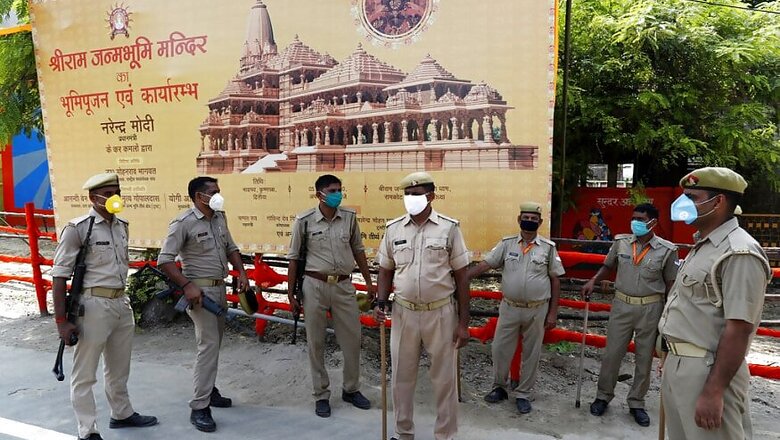
views
A trial court in Lucknow is all set to pronounce verdict in the 28-year-old Babri Masjid demolition case in which 32 surviving accused include BJP veterans LK Advani, Murli Manohar Joshi and Uma Bharti.
While these three are the high-profile accused, others awaiting the verdict include three sitting BJP MPs — Swami Sashi Maharaj, Lallu Singh and Brij Bhushan Sharan Singh. Other big names on the list of accused are former UP chief minister Kalyan Singh, Ram Teerth Shetra Trust president Nritya gopal Das and its general secretary Champat Rai. The trust is overseeing the construction of the Ram Temple in Ayodhya following last year’s landmark verdict in which the disputed land was handed over to the Hindus.
However, unlike the title dispute case which was put to bed, the mosque demolition case still can have a long way to go. Depending upon the judgement by the trial court, the parties concerned will clearly have a right to challenge the verdict in the higher courts.
Demolition and Three Different Types of FIRs
Just minutes after the demolition of the Babri Masjid, the first FIR no. 197/92 was registered against unknown “kar sevaks” at 5:15pm under sections 395, 397, 332, 337, 338, 295, 297, 153A of IPC, and section 7 of the Criminal Law Amendment Act.
Ten minutes later, a second FIR (no. 198/92) was registered under sections 153A, 153B, 505 of IPC against LK Advani, Ashok Singhal, Giriraj Kishore, Murli Manohar Joshi, Uma Bharti, Vinay Katiyar, Vishnu Hari Dalmiya and Sadhvi Ritambhara. This was the hate and provocative speech case.
Forty-seven other FIRs were also registered in the days to come related to offences of assault on media persons, looting valuables like cameras etc. All FIRs were filed at Thana Ramjanmabhoomi in Ayodhya.
Over to CBI
In days following the FIRs, a curious move was made by the then government. While case no. 197 was recommended for CBI probe, case no. 198 against accused politicians was handed to the CB-CID wing of Uttar Pradesh police. On August 27, 1993, the UP state government transferred all remaining 48 cases, including case no. 198 for CBI probe.
The CBI took up the investigation in all the cases related to Babri Masjid demolition and filed a consolidated single charge sheet against 40 people in all the 49 cases in a special court of Lucknow on October 5, 1993.
More than two years later, on January 11, 1996, the agency filed a supplementary charge sheet against nine other prominent people. The total tally of accused reached 49.
Criminal Conspiracy Charge Added
Contrary to initial FIRs in the case, the CBI in its charge sheet came up with the argument of having concrete and strong evidence to prove that demolition of the mosque was the fallout of a larger and sinister conspiracy. It also came up with new names in the list of accused, which included top guns of the BJP and RSS, the stalwarts of the Ram temple movement. A charge under section 120(b) of criminal conspiracy was added against the accused.
Legal Battle and Derailments
With the chargesheet being filed against the bigwigs of BJP and RSS, the stage was set for the commencement of trial in the case. However, the matter got entangled in legal complexities.
September 9, 1997
The special judge, after hearing the petitioner and the defense counsel, passed an order holding a prima facie case for framing of charges against the accused under section 120(B), that is criminal conspiracy, under IPC and other relevant sections of law. The court ordered that formal charges would be framed in the next hearing.
Some of the accused moved the Lucknow bench of the Allahabad high court against the lower court’s decision to frame charges. The matter kept lingering through legal maneuverings.
February 12, 2001
Justice Jagdish Bhalla of the Lucknow bench of the Allahabad High Court passed a detailed order. He found no illegality in a joint single charge sheet for all the FIRs, since the offenses were allegedly committed in the same course of action for accomplishing a conspiracy.
However, taking note of an administrative lapse on part of the UP government, relating to notification of the trial court for crime no 198/92, that is hate speech case against Advani and others, the high court while upholding framing of charges in all other 48 cases, denied the same against Advani, Joshi, Uma Bharti, Vinay Katiyar and others.
The high court, however, said the state government’s faulty notification for fixing the trial court dated October 8, 1993 was curable and could be done so through another notification.
May 4, 2001
Against the backdrop of the HC order, the Lucknow court dropped the proceedings against not just the original eight accused, but also against 13 others.
June 16, 2001
The CBI wrote to the UP government, asking it to rectify the error pointed out by the high court and issue a fresh notification empowering the special court for resuming trial. The UP government, then headed by chief minister Rajnath Singh, decided not to issue any fresh notification.
Trial in Different Courts: Lucknow-Raebareli
January 27, 2003
Following legal deliberations, the CBI moved a petition in the designated court of Raebareli, requesting the court to proceed with the trial of the case 198/92 related to hate speeches against Advani and others.
September 19, 2003
In a major development, special magistrate, Raebareli, discharged Advani in case no. 198/92 but ordered framing of charges against the remaining accused. Advani was then the deputy prime minister of India.
July 2005
On July 6, 2005, the high court after hearing several review petitions filed against the Raebareli court’s order of acquitting Advani, ordered re-framing of charges against him and all the other accused. Subsequently on July 26, the Raebareli court framed charges against all the accused.
As the matter kept languishing in two different courts, a debate raged about the necessity for it and whether the two separate trials could do justice to the matter in which the sequence of the crimes was related. The earlier order of the Lucknow trial court dropping proceedings against 13 other accused and further striking down the charge of criminal conspiracy against the most important of the accused, also remained a cause of legal concern.
March 20, 2012
After a series of derailments and legal hurdles from the trial courts and high court, the CBI finally reached the Supreme Court in 2011 and subsequently filed an affidavit on March 20, 2012, during the UPA 2 government headed by Manmohan Singh. The CBI made a strong argument for a common trial of all the 49 cases. It argued:
1) Investigations in all 49 cases had disclosed that there was a single general conspiracy by all the 49 accused, to demolish the disputed structure.
2) Each of the accused facilitated and participated in the fulfilment of the criminal conspiracy.
3) All the 21 persons against whom the proceedings were dropped were party to criminal conspiracy.
4) The 13 accused who were not being tried for any offenses in any court of law were party to the conspiracy and demolition.
5) Hence, it was in the interest of justice that all the accused involved in criminal conspiracy and demolition of the disputed structure were tried in the court of the special judge at Lucknow.
Supreme Court — April 19, 2017
After remaining pending for almost five years in the Supreme Court, a major moment in the case came on April 19, 2017. The top court ruled against the Allahabad HC order of dropping conspiracy charges. The SC ordered invoking of conspiracy charges against the accused including LK Advani and 20 others. The trial of all cases was also brought back to the Lucknow court.
Day-to-Day Hearing in Lucknow Court
From 2017 onwards a speedy hearing in the case started, as the charges were framed and trial on the joint charge sheet began. In between, with Kalyan Singh becoming the governor of Rajasthan, trial against him was stopped since he occupied a constitutional office.
However, last year, after he demitted the office of the governor, the trial against him also began. Last month, most of the big names in the case recorded their final statements under section 313 of CrPC.
Seven Categories of Accused
All surviving 32 accused have been put under seven different categories depending upon the charges for which they have been tried. While Advani, Joshi, Uma Bharti, Vinay Katiyar and Sadhvi Rithambhra are accused of rioting (147), promoting enmity between two religions, provocation, threat to national integration (153 a and 153 b), unlawful assembly ( 149), Ram Vilas Vedanti, Champat Rai and Nritya Gopal Das have also been charged under section 295 and 295a (injuring or defiling a place of worship with intent to insult the religion of other class).
Several Accused, Witnesses Already Dead
Over the course of 28 years, several accused have already died, including Bal Thackeray, Ashok Singhal and Giriraj Kishore. Others like Advani, Joshi and Kalyan Singh faded out of active public life.
Vinay Katiyar and Uma Bharti at the moment remain side-lined within the BJP. Some like Sakshi Maharaj and Brij Bhushan Singh are members of the Lok Sabha. None of the accused except temple trust chariman Nritya Gopal Das and its secretary Champat Rai got an invitation to attend the ‘Bhoomi Pujan’ event in Ayodhya on August 5.











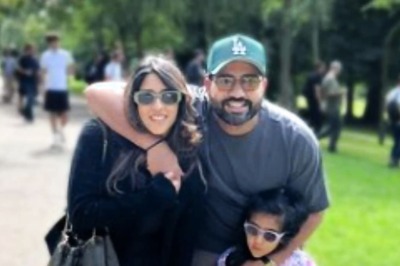
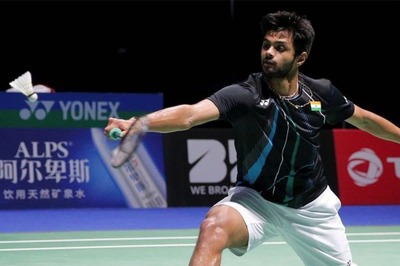


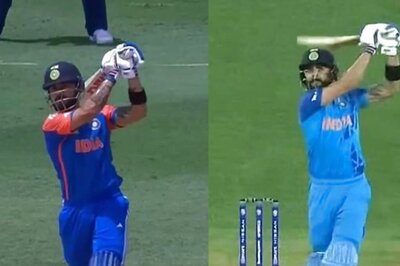
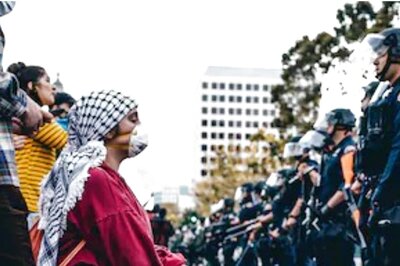

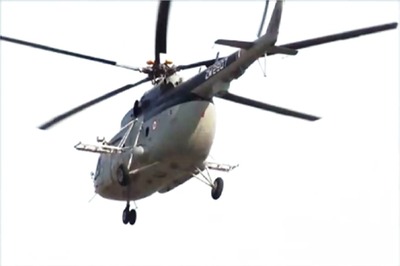

Comments
0 comment